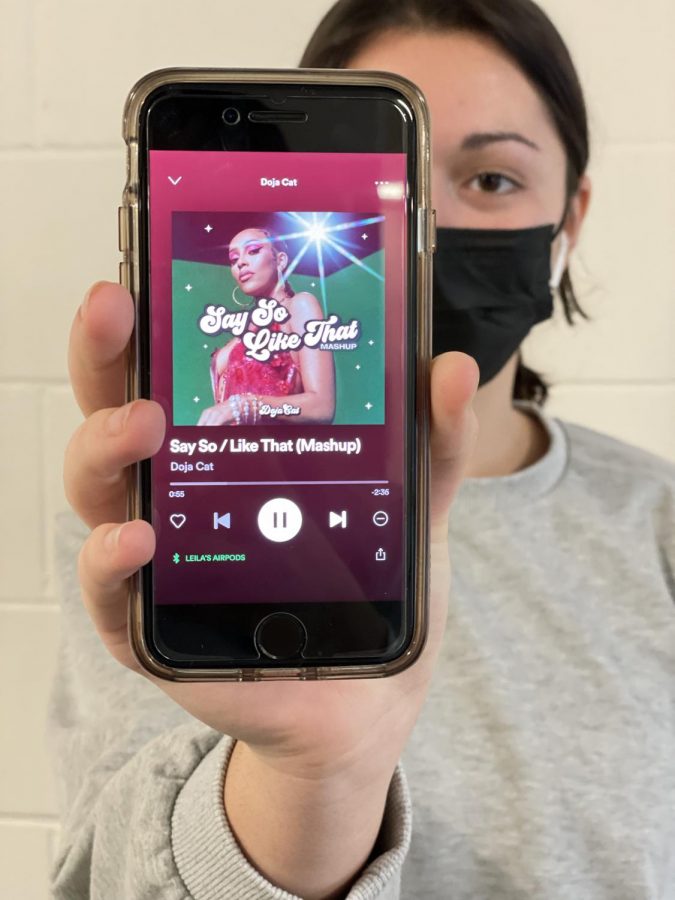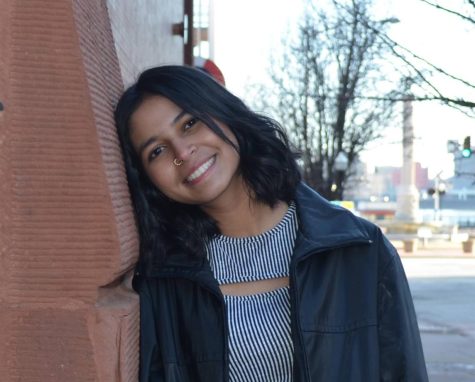Black, female artists have been at the heart of hip-hop since its inception.
Despite their talents, women in the genre have historically struggled to earn the same recognition as their male counterparts. The music industry has seen a shift as female hip-hop artists today counter with conviction the misogyny they face by collaborating with one another, carrying on the unfinished business of their predecessors.
The music sphere has long been male-dominated and led by White executives, providing limited opportunities for women – especially Black women – to break through. A genre born in Black culture, meant to document and honor Black people’s oppression and marginalization, hip-hop conveniently negated the voices of Black females. Hip-hop quickly became a microcosm for society, mirroring a patriarchal culture that was and still is so prevalent today.
Despite these challenges, the music industry has undergone tremendous progress in recent years because of a movement taken into the hands of the artists themselves – a shift towards building one another up to bring all voices to the soundstage.
Female hip-hop artists today –Megan Thee Stallion, Saweetie, Cardi B, Lizzo, Doja Cat and more– have uplifted one another by producing music with female duets and features. From “WAP” by Megan Thee Stallion featuring Cardi B to Saweetie’s “Best Friend” featuring Doja Cat, Black women have been featuring and collaborating with other Black women and seeing tremendous success while doing so.
Lizzo and Cardi B’s recent single “Rumors” debuted number one on Billboard’s Hot R&B/Hip-Hop Songs chart, marking the ninth instance of two female rappers joining forces to produce a No. 1. “Say So” by Doja Cat featuring Nicki Minaj was very well received by fans, becoming the first female rap collaboration to top the Hot 100. “WAP,” another all female collaboration, broke the record for the biggest 24-hour YouTube premiere and debuted number one on Apple Music, Spotify and the Billboard Hot 100, accumulating the largest first-week streams in Billboard history.
These female artists have successfully disrupted a male-dominated industry with their chart topping hits, simultaneously challenging the music industry’s ideas regarding how many women can share the spotlight. By breaking the glass ceiling of female hip-hop, these artists are paving the path for future artists to follow in their footsteps.
Junior Leila Assadi is an avid hip-hop listener who has enjoyed watching the rise of new female artists in one of her favorite genres. “Artists like Cardi B, Doja Cat, and Megan Thee Stallion are everywhere –the radio, Tiktok, top Spotify playlists. It just goes to show that these female artists are dominating the industry, which has been incredibly inspiring to younger generations,” she said.
Females in hip-hop have emerged as fierce, successful figures today; however, this was not always the case.
It is easy to forget that it was not so far in the past when women across the board in the music industry struggled to get featured, signed by record companies and go on to achieve commercial success.
In a 2019 interview with Rap Radar Podcast, Cardi B suggested that her success has only recently changed attitudes in the music industry. “Before me, there was no female rapper that was signed to a label. Well, you know, the ones that had been established. Nobody was signing them. Now, everybody’s just signing them, if you can rap and you got a couple of followers,” she said.
Female artists, once struggling to achieve success in a male-dominated industry, are finally seeing the light at the end of the tunnel as artists like Cardi B are showing that the music industry is moving away from their previous attitudes in favor of more recognition.
This era in hip-hop will be remembered as a renaissance in the genre: a time when female artists finally found their footing in an industry that had been working against them for so long.









